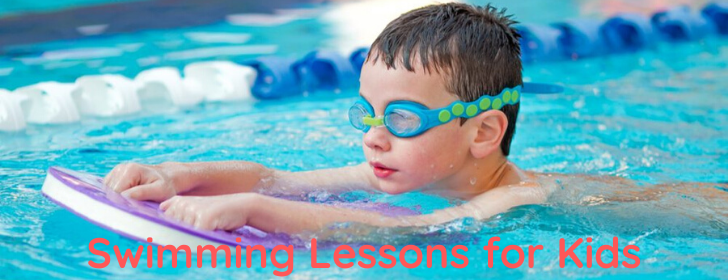Swimming is a skill which is not only an enjoyable activity but great exercise too. Moreover, it is an essential life saving skill. Swimming offers several health benefits too. Learning swimming needs right training and safety as well. Once basic swimming skill is learnt, it becomes a fun and relaxing activity. So, let’s discuss on ‘how to teach swimming to a child?’
List of Important things to consider prior to sending your child for swimming
When should your child start learning swimming:
The earlier a child starts learning swimming, the faster he will learn and become comfortable. You can introduce your child to swimming at any age after six months. When it comes to learning swimming, there is no bar to the age as such. Make sure your child is healthy enough to take swimming. If your child is having any health issues, it is better you consult a doctor before you introduce him to swimming.
Dress your child in a swim suit:
Make sure your child wears waterproof swimming costume. If your child is in diaper, then put the child in waterproof swim diaper to avoid any leaks, health of other swimmers is equally important too.
Make your child wear Vest instead of air-filled flotation devices:
Many use blow-up devices but are not recommended as it may spring a leak in it and their remains chances of getting sunk. It is better you use life vest approved with safety measures. When buying a life vest, look for the U.S. Coast Guard-approved label. For small children, the vest that have straps that hook under the legs; it avoids slipping straps over the child’s head.
Introduce a child to swimming
If your child is under 2 years when you introduce him to swimming, you need to check temperature of the water. Infant need warmer water and make sure that the water temperature is between 85 and 92 degrees.
Introduce the child to the water gradually. Most of the children have fear in the beginning. They have to overcome the fear. Make it a fun for them; they can splash in the water, play with toys, sin songs and starts enjoying being in the water.
Parents can teach a child swimming if they wish. The difference between a parent teaching a child or a teacher teaching a child is mainly obeying instructions and remains focused. Usually children get bored easily of any activity, so parent teaching a child swimming does need to involve some fun activities. A parent should do whatever he wants the child to learn first as a child mirrors the activity.
Swimming Activities
If the child is below 5 years, it is better you explain a child swimming activities outside the water before getting in. Main activities of swimming are:
Breath Control:
Explain your child how to blow bubbles by submerging just lips in the water. It helps him with breath control and prevents swallowing water when he starts learning to go underwater. If your child is not comfortable with it, you demonstrate it to him and make sure you take your mouth out of the water with a smile on your face. It will help him come out of fear.
Kicking Legs:
Swimming usually starts with kicking legs. You can hold your child’s hands and walk back continuously asking him to kick. Most of the children find it fun as they enjoy splashing with their feet. And slowly they start moving through water.
Swim with arms:
Now the child has to learn paddle with his arms while kicking legs. The child can start with sitting on a pool ladder with water up to his chest only. Guide him to start with both the hands under water keeping on his hips. Ask him to extend his hands keeping fingers together above the head and back to the hip; make to-and-fro motion. Then repeat the same process with the other hand. Now you stand in the water few feet holding your one hand on his chest and one around his waist.
Guide him through the water combining blowing bubbles, kicking legs and swimming with arms. Keep him under water for a few seconds and ask to control breadth keeping his eyes and mouth closed. Gradually increase the time. Make sure you do not put the child underwater unexpectedly. It might scare him and refrain from swimming.
After a few days practice, ask him to swim independently putting a vest on using the techniques he has learnt. Supervise him and when he has mastered the techniques, he can start swimming on his own under supervision for few days.
